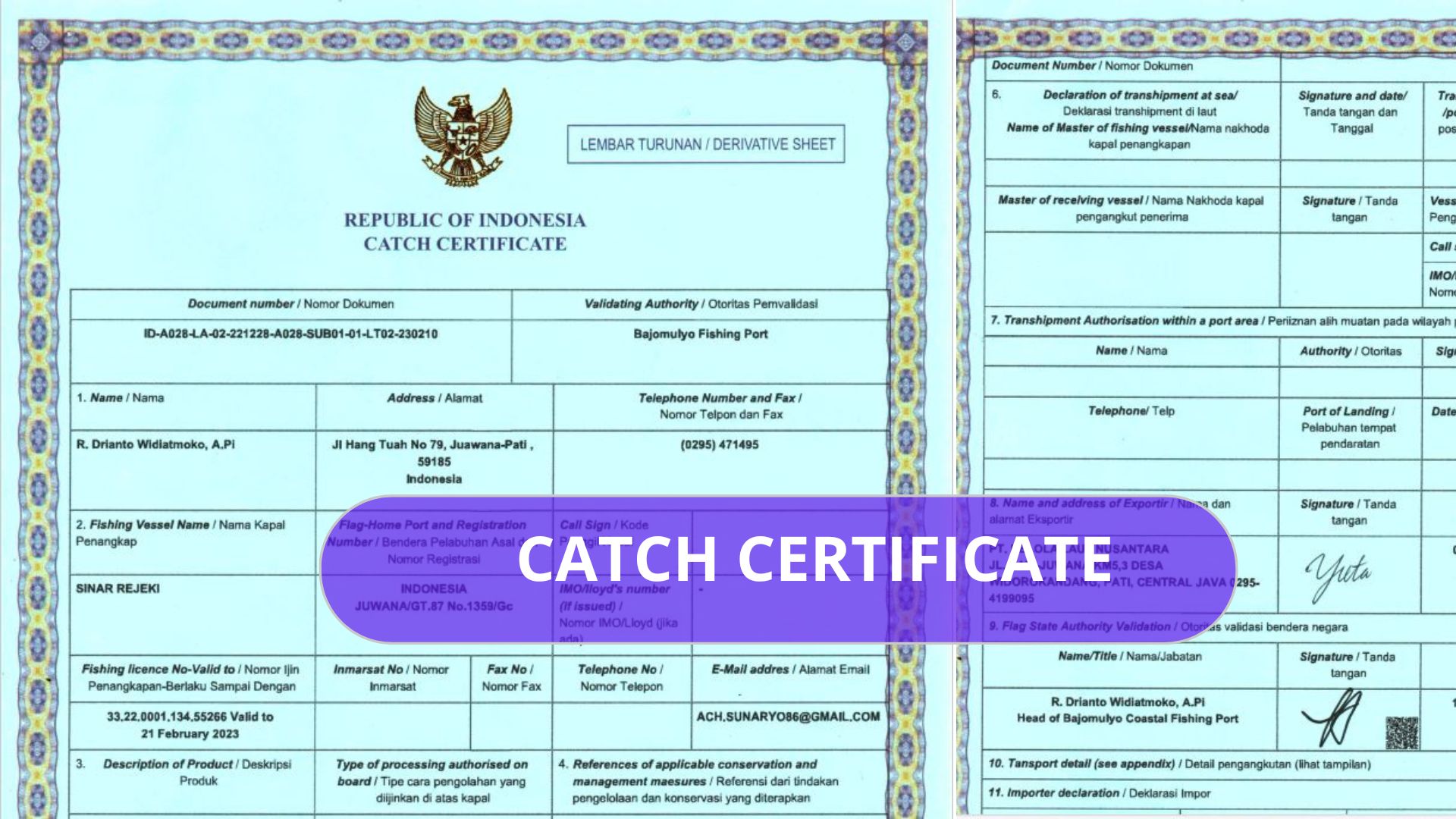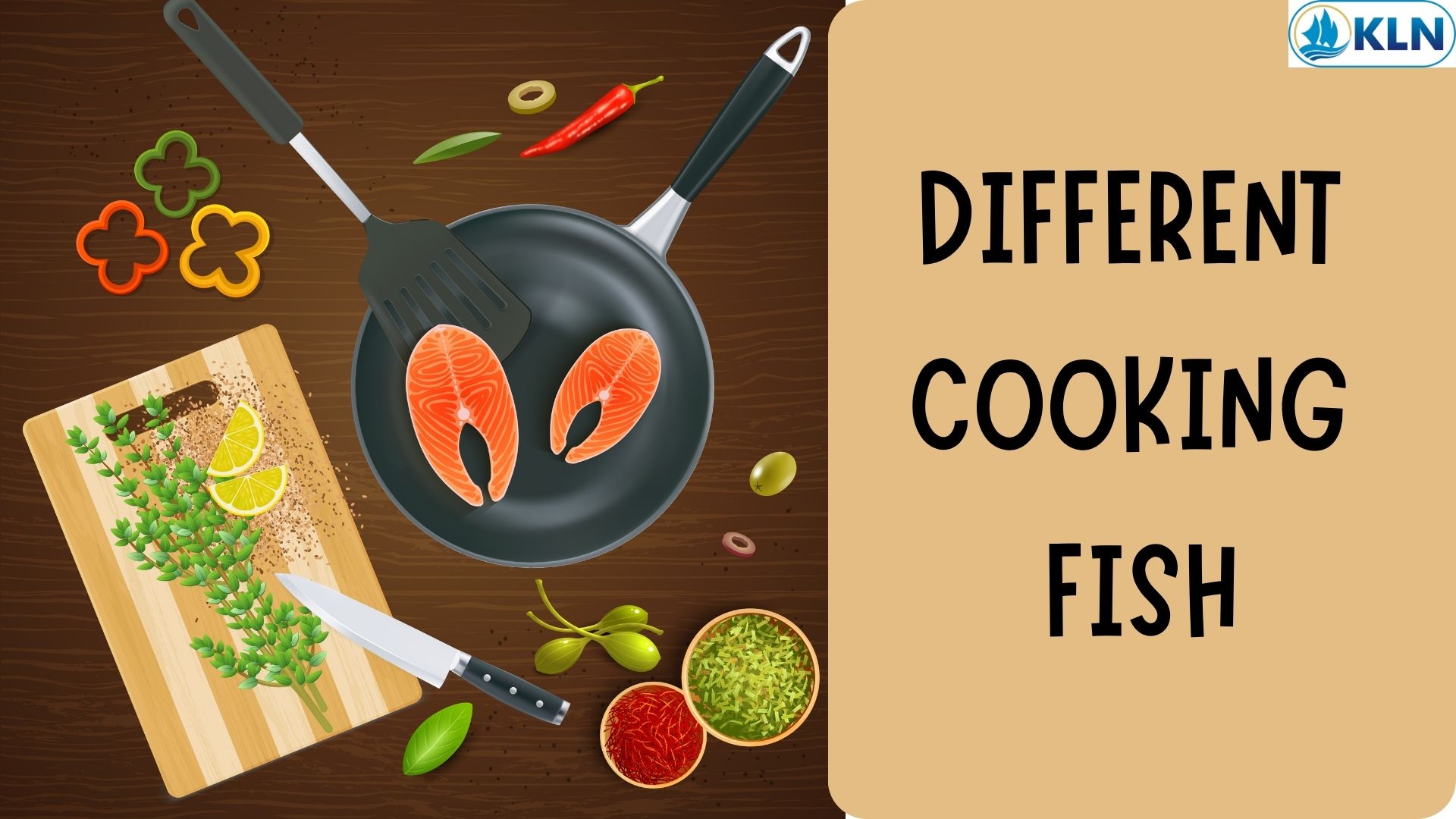CAMPYLOBACTERIOSIS
By. Najih - 01 Jul 2024.jpg)
Campylobacter are bacteria that can make people ill with diarrhea. The illness is called campylobacteriosis. Campylobacter can spread from animals to people. Campylobacter can live in the intestines, liver, and other organs of animals. Campylobacter can spread from these animals to people. People can get infected in many ways.
Common ways people get infected include:
- Eating raw or undercooked poultry or other foods, including seafood, meat, and produce
- Preparing raw or lightly cooked foods, including salad and fruits, with knives or on cutting boards that were used with raw poultry, seafood, or meat
- Touching animals or their food, water, poop, belongings (such as toys and bowls), or habitats (such as beds, cages, tanks, coops, stalls, and barns)
- Drinking untreated water
Campylobacteriosis is the disease caused by the infection with Campylobacter:
- The onset of disease symptoms usually occurs 2 to 5 days after infection with the bacteria, but can range from 1 to 10 days.
- The most common clinical symptoms of Campylobacter infections include diarrhoea (frequently bloody), abdominal pain, fever, headache, nausea, and/or vomiting. The symptoms typically last 3 to 6 days.
- Death from campylobacteriosis is rare and is usually confined to very young children or elderly patients, or to those already suffering from another serious disease such as AIDS.
- Complications such as bacteraemia (presence of bacteria in the blood), hepatitis, pancreatitis (infections of liver and pancreas, respectively), and miscarriage have been reported with various degrees of frequency. Post-infection complications may include reactive arthritis (painful inflammation of the joints which can last for several months) and neurological disorders such as Guillain-Barré syndrome, a polio-like form of paralysis that can result in respiratory and severe neurological dysfunction in a small number of cases.
There are a number of strategies that can be used to prevent disease from Campylobacter:
- Prevention is based on control measures at all stages of the food chain, from agricultural production on a farm, to processing, manufacturing and preparation of foods both commercially and domestically.
- In countries without adequate sewage disposal systems, faeces and articles soiled with faeces may need to be disinfected before disposal.
- Measures to reduce the prevalence of Campylobacter in poultry include enhanced biosecurity to avoid transmission of Campylobacter from the environment to the flock of birds on the farm. This control option is feasible only where birds are kept in closed housing conditions.
- Good hygienic slaughtering practices reduce the contamination of carcasses by faeces, but will not guarantee the absence of Campylobacter from meat and meat products. Training in hygienic food handling for abattoir workers and raw meat producers is essential to keep contamination to a minimum.
- Prevention methods against infection in domestic kitchens are similar to those used against other foodborne bacterial diseases.
- Bactericidal treatment, such as heating (for example, cooking or pasteurization) or irradiation, is the only effective method of eliminating Campylobacter from contaminated foods.


.jpg)
.jpg)


.jpg)
.jpg)